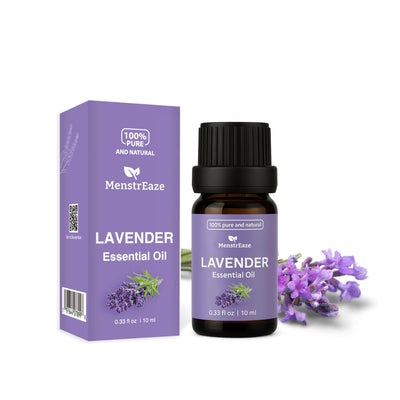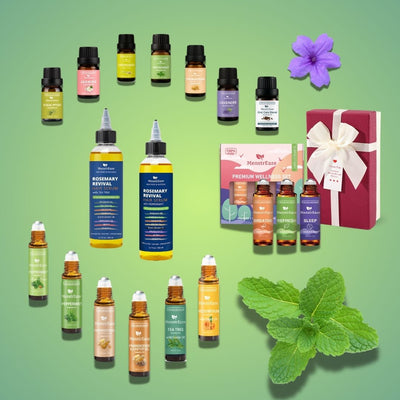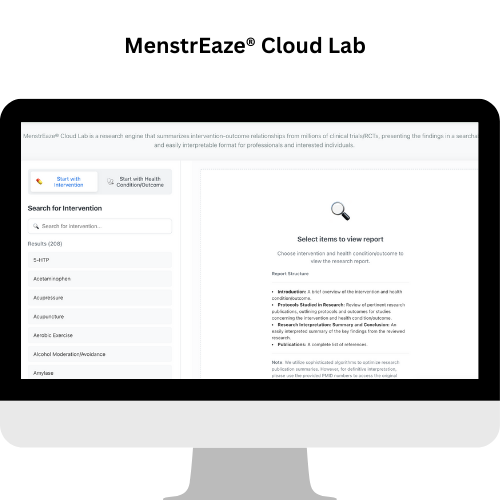Ah, keratosis pilaris (KP) – that common, yet often frustrating, skin concern also known as "chicken skin." Those tiny, rough bumps, usually on the arms, thighs, or cheeks, can be a cosmetic bother, even if they're harmless. Many of us are looking for gentle ways to manage KP, and you might be wondering if your Lavender Oil Dropper and Tea Tree Oil Roller can play a part.
Drawing insights from a recent article "Keratosis Pilaris for Women: Hormonal Causes & How to Treat It," let's explore the potential supportive role of these essential oils in a KP-focused skincare routine.
The Golden Rules: What KP Skin Really Needs First
Before we dive into essential oils, it's vital to remember what the experts highlight as the foundation of KP care:
- Consistent Moisturization: KP skin is often dry, and dryness makes it worse! Applying moisturizers liberally, especially after bathing, is crucial. Look for ingredients like urea, lactic acid, AHAs, and ceramides.
- Gentle Exfoliation: This helps remove the excess keratin that plugs hair follicles. Think mild chemical exfoliants (salicylic acid, glycolic acid, lactic acid) or very gentle physical exfoliation. Harsh scrubbing is a no-go!
- Overall Gentle Skincare: Lukewarm water, mild cleansers, and avoiding friction from tight clothes are all part of the plan.
The article suggests that essential oils can be seen as complementary to these core strategies, offering potential symptomatic relief rather than a primary treatment or cure.
Your Oils in the Spotlight: A KP Perspective
Based on the information available, here’s how your lavender and tea tree oil might fit in:
Your Lavender Oil Dropper: The Calming Touch
- Potential for KP: Lavender oil is noted for its soothing, calming, and anti-inflammatory properties. For KP, this could mean help in alleviating some of the redness and irritation that can accompany the bumps. It’s also recognized for antioxidant and moisturizing qualities when combined with a carrier.
-
How to Use Your Dropper for KP:
- Patch Test First: Before applying to larger areas, always test a small amount of your diluted lavender oil on a discreet patch of skin (like your inner arm) and wait 24-48 hours to check for any sensitivity.
- Application: If the patch test is clear, you can gently massage your diluted lavender oil blend into areas affected by KP as part of your moisturizing routine.
- Keep in Mind: While generally considered safe when diluted, the article points out that specific clinical trials demonstrating lavender oil's direct efficacy for treating KP are limited. Its role is primarily seen as soothing.

Your Tea Tree Oil Roller: The Follicle Focus
- Potential for KP: Tea tree oil is well-known for its powerful anti-inflammatory and antimicrobial properties. For KP, this suggests it might help soothe irritated and inflamed skin around the hair follicles and could assist in clearing blocked follicles, potentially by addressing any microbial involvement in irritated follicles.
-
How to Use Your Roller for KP:
- Patch Test Power: Absolutely essential! Even if pre-diluted, test on a small patch of skin for 24-48 hours.
- Application: If the patch test is clear and you're confident in its gentle dilution, you can apply it to KP-affected areas, perhaps focusing where there's noticeable irritation or redness around the bumps.
- Keep in Mind: Tea tree oil's benefits for KP are more about soothing irritation and potentially aiding follicle health, rather than a proven treatment to eliminate KP bumps themselves.

Integrating Oils into Your KP Skincare Routine
- Post-Cleanse & Exfoliate: Apply your diluted essential oil preparations after gentle cleansing and any gentle exfoliation you do, often as part of your moisturizing step.
- Consistency Over Quantity: Gentle, consistent application is more beneficial than using large amounts infrequently.
Safety First: Essential Oil Reminders from the Experts
The article underscores these crucial points for using any essential oils:
- Patch Testing is a Must: For both products, every time you try something new.
- Manage Expectations: Essential oils are considered supportive for KP symptoms (like irritation or redness).
- Hormonal Awareness: The article notes that KP can fluctuate with hormonal changes (menstrual cycle, perimenopause, etc.). It also clarifies that earlier concerns about lavender and tea tree oil acting as endocrine disruptors have largely been refuted by more recent, extensive research, deeming them safe when used appropriately.
The Bigger Picture for Smoother Skin
Managing keratosis pilaris effectively often means a holistic approach. Gentle, consistent skincare is your baseline. Your lavender and tea tree oils, when used thoughtfully and safely as described, can be comforting additions to help soothe and support your skin.
If your KP is persistent, causing significant discomfort, or if you're unsure about your skincare routine, the best course of action is always to consult with a dermatologist. They can provide an accurate diagnosis and help you create a personalized management plan.
Here's to calmer, more comfortable skin!






